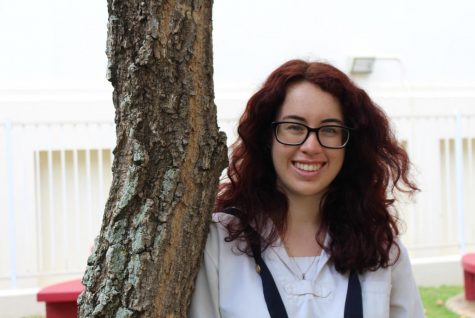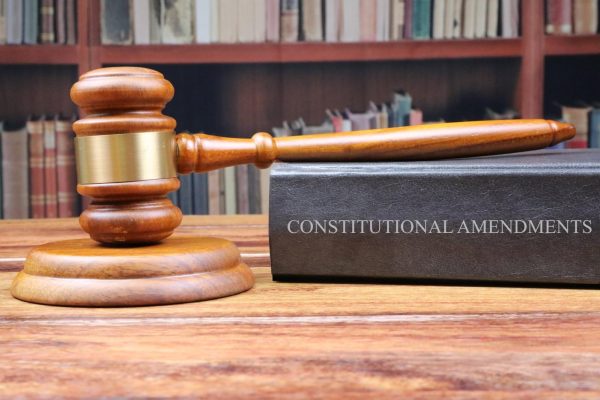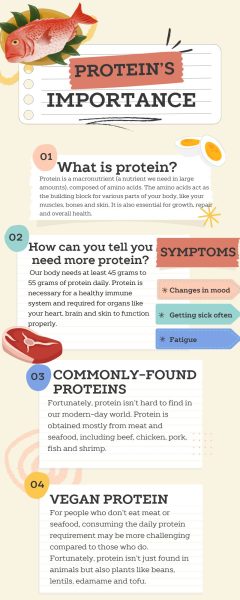Waste In Paradise
We live in Paradise.
It’s something we’re told from the endless days of summer that grace our islands and the sound of waves just a few minutes away from home.
The only drawback about Hawaii? The prices. Most will agree that the cost of living is astronomical. Graphiq found that Hawaii is 36 percent above the national average, with the price of housing 88 percent above the national average.
But what about the price of food? Or even more so, what about the price of food waste?
In Hawaii Business Magazine, Matthew Loke, an economist at the University of Hawaii at Manoa, estimated that Hawaii loses one billion dollars every year. You may wonder what your contribution to this is. Not only did Loke find that every inhabitant of our islands loses $700 a year due to food waste but also, each person wastes 360 lbs. of food.
The tragic fact about these numbers is that the mainland wastes even more food. The national average, as found by Hawaii News Now, is 429 lbs. per person.
It is a well-known fact that Hawaii imports most of its food, according to TakePart.com. But where is that food going? With about one-fifth of Hawaii’s residents relying on food banks for assistance, there needs to be a change on how we handle the distribution and collection of food on our island.
This puts the issue of Hawaii’s waste into stark contrast to the mainland’s contribution to the worldwide issue of food waste.
Is there a solution to this issue? The truth is that there is no one way to solve this problem. But through small acts, we can make a difference in how we handle food waste and the distribution of food.
Aloha Harvest is a non-profit organization that collects food waste from schools, businesses and other groups and gives it to other organizations on the island whose mission is to feed the homeless.
Since this organization’s start in 1999, they’ve rescued 18,440,865 tons of food.
This number is still not enough. Hawaii is wasting its precious few resources due to the heavy weight of food waste. The Environmental Protection Agency’s Pacific-Southwest region found that food is responsible for 20 percent of the waste overloading landfills. Worse than this, under the right conditions, food waste in landfills can create methane, a greenhouse gas that is affecting our atmosphere.
How can you change this?
You can start by volunteering with organizations, like Aloha Harvest, and spreading awareness about this issue. It is not always sunshine and smiles on the island; sometimes we must leave the beach to defend the beauty of our home and feed our people. You can also start putting your food scraps to use. Start a compost bin or encourage schools to do so.
Iolani’s Global Issues Network (GIN) club has recently started a project at their school to combat food waste. Through their “Gleaning Project,” members of GIN have collected fruit from different organizations, schools and restaurants around the island and donated it to Aloha Harvest.

Taylor McKenzie is currently a senior and a second-year Journalism student. She is the Vice President of Student Council, President of PAAC Club, member...



























